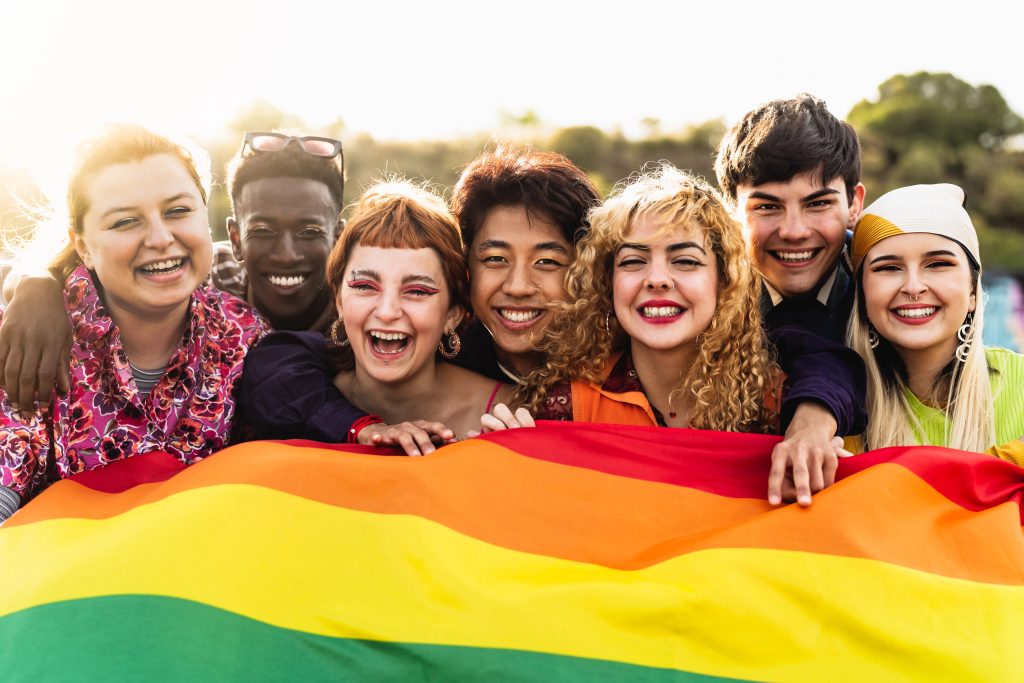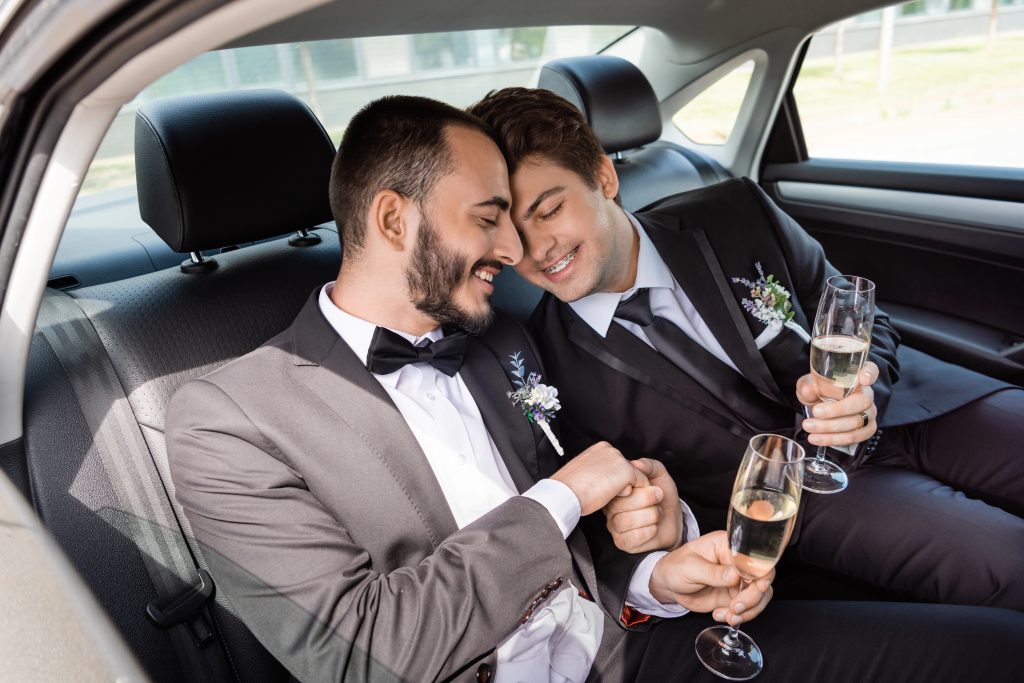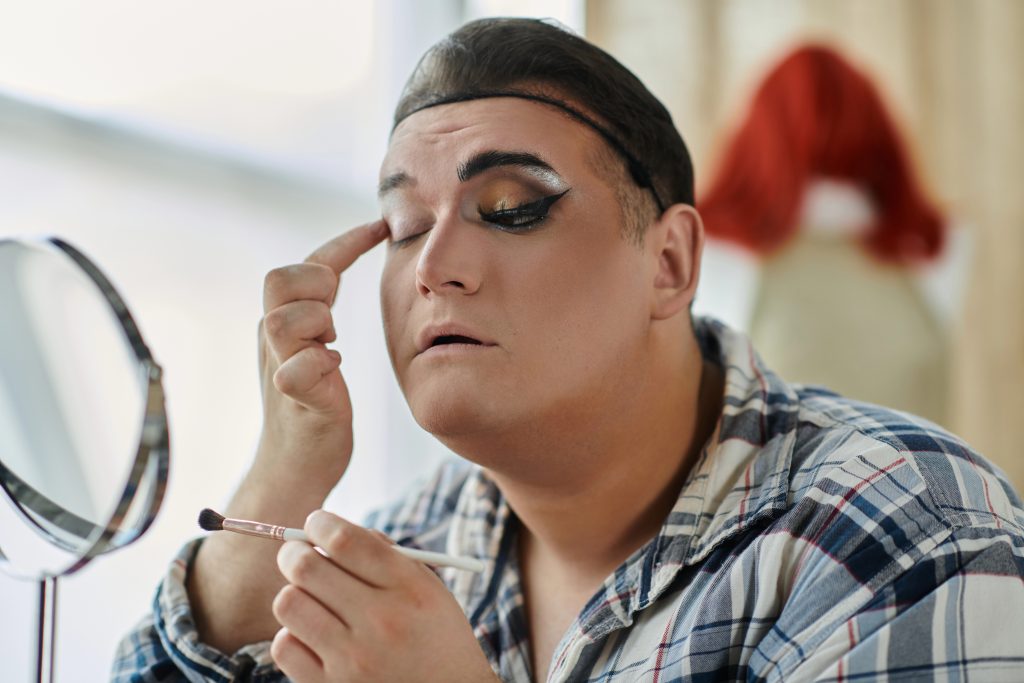
What if all you’d learned about gender was only the tip of the iceberg? In recent years, the terminology and comprehension of gender identity have progressed at a pace that’s lightning-fast, opening up a world far more rich and intricate than the outdated male-female binary. For LGBTQ+ individuals, allies, teachers, and HR professionals, staying current isn’t about being hip it’s about creating communities and workplaces where everyone feels visible, valued, and empowered.
From ancient Indigenous traditions to modern-day self-discovery, gender identity is a deeply personal journey. As new terms and narratives emerge, they’re opening doors for people to express themselves authentically sometimes in ways that have existed for centuries, and sometimes in ways that are brand new. Get ready to explore some of the most intriguing and important gender identities that are challenging the status quo and making space for everyone at the table.

1. Genderqueer: The Resistance to the Binary
Genderqueer is not so much a label as a movement that works to negate the notion that everyone has to conform to ‘male’ or ‘female’ spaces. As defined in the academic review genderqueer identities are both an experienced inner sense and a deliberate performance of a ‘non-male’ and ‘non-female’ identity. For many that identify as genderqueer, their gender is fluid, undefined, or a combination of several identities.
Genderqueer is particularly distinctive due to its defiant nature. Early authors wrote that the term tends to indicate an intentional act of resistance against fixed gender categories and that some academics refer to it as a ‘challenge to the gender system.’ Genderqueer has additionally become a catch-all term for anyone who identifies that their gender doesn’t fit into norms. The term ‘queer’ itself is complex originally a derogatory term, now proudly claimed by many as a source of identity. As scholars note, however, not all are at ease with the word, so it’s about honoring individual choice.

2. Non-Binary: Existing Outside of ‘He’ or ‘She’
Non-binary is an overarching term for individuals whose gender identity doesn’t neatly align with the ‘man’ or ‘woman’ categories. Non-binary individuals may identify as both, neither, or in between, writes Medical News Today. The word itself is new to academics, but the idea has ancient roots in cultures around the globe.
Non-binary individuals may use any number of pronouns, including they/them, ze/hir, or others. As Young Scot reminds us, it’s important not to make assumptions about someone’s pronouns based on how they look. The non-binary category primarily encompasses identities such as genderfluid (changing between genders), agender (lacking any gender), and bigender (having two genders). What holds them together is a common understanding of freedom from binary expectations to live as themselves. Perhaps it’s the only way to exist: forging a path that’s entirely their own.

3. Two-Spirit: Native Guidance on Gender Diversity
Well before Western culture began to talk about gender diversity, numerous Indigenous cultures identified more than two genders. Two-Spirit, a term used since 1990 after being adopted at a Native American gathering, refers to individuals who possess both a masculine and feminine spirit. As Spectrum Outfitters describes, Two-Spirit is not just an identity it’s a religious social as well as spiritual position in many tribes.
But the status and meaning of Two-Spirit individuals differ significantly between tribes. Some hold them in great respect; others merely as a part of everyday life. As academic studies point out, colonialism and Christianization meant the erasure of such roles more often than not, but these are being reclaimed and celebrated by many communities today. The identity is a strong testament that gender diversity is not something new, but an integral part of human history.

4. Fa’afafine and Fa’afatama: Samoa’s Third and Fourth Genders
In Samoa, gender is not binary it’s a spectrum that encompasses fa’afafine and fa’afatama, who have been around for generations. While fa’afafine (usually assigned male at birth) and fa’afatama (usually assigned female at birth) navigate between masculine and feminine space, they take care of the elderly and act as cultural teachers. As the Natural History Museum of Los Angeles County explains, they are valued for their special ability to navigate gender worlds.
Pageants and traditional dance, such as the taupou, display the elegance and wit of fa’afafine and fa’afatama, who employ performance to initiate discussions on forbidden subjects. As much as new pressures seek to cast them out, these identities are still a living part of Samoan life, demonstrating how cultural context defines and honors gender difference.

5. Hijra: South Asia’s Recognized Third Gender
In Pakistan, Bangladesh, and India, the Hijra community has been legally recognized as a third gender for decades. The term includes trans and intersex individuals, many of whom have served ceremonial and spiritual functions for centuries. As described in international overviews, Hijras are frequently invited to consecrate weddings and births but also suffer from a great deal of social stigma and discrimination.
Even with legal acknowledgment, the struggle of the Hijra community for acceptance is not over. British colonial history criminalized their lives, a heritage that continues to influence their rights and prospects to this day. But their persistent existence is a reparation to the diversity and adaptability of gender identities worldwide.

6. Genderfluid: Embracing Change and Flexibility
For others, gender isn’t a destination it’s a path that can change from day to day, or even in the moment. Genderfluid people feel their gender shifts with time, sometimes feeling more of the masculine kind, sometimes more feminine, or even somewhere in between. Genderfluidity is about respecting that tide and flow, rather than trying to corral oneself into one category, as Medical News Today and Young Scot describe.
This identity resonates particularly strongly for young individuals trying to figure out who they are. It’s a reminder that self-discovery does not have to be linear, and that identities are okay to change. As the vocabulary of gender expands, so does the ability to embody it truthfully.

7. Agender: When No Gender Fits
Not everybody feels to connect with the idea of gender, anyway. Agender people say they have no gender, or are genderless or gender-neutral. Medical News Today states that agender individuals may utilize they/them pronouns, or just don’t want to be bound by gendered terms.
Agender is a strong statement that it’s OK to exit the gender discussion altogether. For others, it’s a blessing to discover a term that at last suits a means of saying, ‘I just am.’ This identity emphasizes the remarkable diversity of ways individuals can connect (or not connect) with gender.

8. Androgynous: Merging Masculine and Feminine
Androgyny is not a fashion trend it’s a manner of expressing a blend of masculine and feminine characteristics, both physically and personality-wise. As studies have illustrated, androgynous individuals may feel at ease taking on qualities from both extremes of the gender divide, or presenting in ways that refuse to be categorized.
This identity has rich origins, from ancient mythologies to contemporary style icons. Androgyny subverts the notion that some looks or characteristics are the property of one gender only, and rather revels in being both, neither, or somewhere in between. It’s a reminder that gender expression is as individual as the person.

9. Pangender and Polygender: Being All Genders
For others, gender isn’t one thing and not even two. For pangender and polygender individuals, they see multiple, sometimes all, genders. As Medical News Today suggests, these identities embrace the concept of gender as expansive, layered, and multifaceted.
Existing as pangender or polygender may entail the expression of various facets of one’s self in various situations, or a strong identification with the entire gamut of gender options. Such identities teach us that gender is not a checkbox, but an entire universe to venture out into.
The world of gender identity is as vast and varied as humanity itself. As new terms emerge and old ones are reclaimed, the most important takeaway is this: everyone deserves the language and space to express who they are. Whether you’re navigating your own journey, supporting a loved one, or building more inclusive spaces, embracing gender diversity isn’t just progressive it’s essential. The future of gender is wide open, and that’s something worth celebrating.


